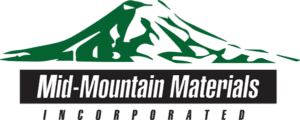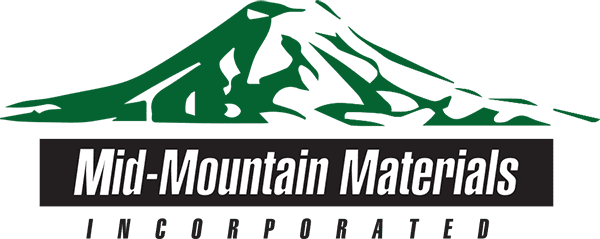Air travel efficiency hinges on various interconnected factors. Altitude, flight duration, occupancy rates, and so on, all impinge on key metrics. But few areas affect aircraft efficiency as directly as fuel. A more accurate assessment might be that fuel efficiency is a central concept to the overall success of aviation. Fuels not only equate to around 30% of an airline’s costs but also contribute to environmentally harmful emissions of jet engines. Using sustainable aviation fuels (SAF) and pushing for novel propulsion systems may improve that status quo in the future. In the meantime, avionics is concerned with leveraging greater efficiencies by optimizing existing designs. Heat shielding materials could play a key role here.
Introduction to Heat-Shielding Materials
Heat-shielding materials protect specific parts against heat to ensure that they operate efficiently. For instance, when used with turbines, they can increase their resistance to heat and, thus, help them to work under an additional 302°F/150°C. As a result, this can improve the aircraft’s fuel efficiency, as its performance is optimized.
Heat-shielding materials, also known as heat shields or thermal insulation materials, are designed to protect components from excessive heat by reflecting or dissipating heat away from sensitive areas.
These materials are crucial in environments subjected to high temperatures, such as aircraft engines. They prevent heat damage and maintain the integrity of the engine and its surrounding components.
The Role of Heat Shields in Aircraft
In the context of aircraft, heat-shielding materials are utilized in various components, including:
- Intake gaskets
- Engine mounts
- Firewalls
These materials serve to reduce under-hood heat and intake air temperatures. They are vital for maintaining optimal engine performance. High-performance insulation fabrics, for example, can preserve induction performance without significantly increasing the aircraft’s weight, a critical factor given the stringent weight constraints in aviation design.
Enhancing Fuel Efficiency
The application of heat-shielding materials in aircraft engines directly contributes to fuel efficiency in several ways.
Firstly, by managing the heat in the engine compartment, these materials maintain the engine at its optimal operating temperature. This is essential for efficient fuel combustion, as excessive heat can lead to inefficiencies and increased fuel consumption.
Furthermore, the reduction of intake air temperature ensures that the air entering the combustion chamber is denser. Denser air contains more oxygen. This is crucial for the combustion process. It allows for a more complete burning of fuel and, consequently, improved fuel efficiency.
Additionally, better thermal management through heat-shielding materials can lead to faster acceleration. Therefore, heat-shielding materials can contribute to the overall enhanced performance of the aircraft.
Applications and Future Perspectives
Utilizing heat-shielding materials is not limited to conventional aircrafts. It extends to high-performance military jets and space vehicles, where extreme temperature variations are common.
Ongoing research and development in this field aims to produce materials that offer:
- Superior heat resistance
- Reduced weight
- Improved durability
As the aviation industry continues to seek ways to reduce its carbon footprint, the role of heat-shielding materials in enhancing fuel efficiency becomes increasingly significant.
Furthermore, the advent of new materials and technologies, such as aerogel-based insulation fabrics and advanced ceramics, offers promising avenues for future advancements. These materials, with their exceptional thermal insulation properties and lightweight, could redefine thermal management in aircraft. Through this, they can contribute to significant gains in fuel efficiency and performance.
Heat-Shielding Materials Can Enhance the Efficiency of Aircraft Fuel
Behind the power of flight lies state-of-the-art technologies that can increase the capabilities of different aircrafts. These aircrafts rely on their fuels to ensure they perform at their best. Therefore, it is necessary to find ways to optimize their fuel efficiency while maintaining their abilities.
Heat-shielding materials can help with this. Applying them as barriers can protect different parts of the aircraft from extreme heats. For the engine specifically, this could lead to less fuel being needed to power the aircraft. Therefore, the levels of aircraft fuel efficiency can be enhanced.
If you are looking for heat-shielding materials to optimize your vehicles, we, Mid-Mountain Materials, Inc. can help you. Browse through our thermal insulation materials to see which would be the best pick for your application.
Should you need additional information on heat-shielding materials, our blog can tell you all you need to know. We delve into topics like heat shields for cars, thermal insulation in offshore wind farms and even the aluminum industry and high temperature seals.
Once you have finished reading our blogs, feel free to contact us if you have any more questions. Whether you want to know about heat-shielding materials, firewall blankets or even fabric insulation for a ship, our specialists will be here to get you the right product or information.

